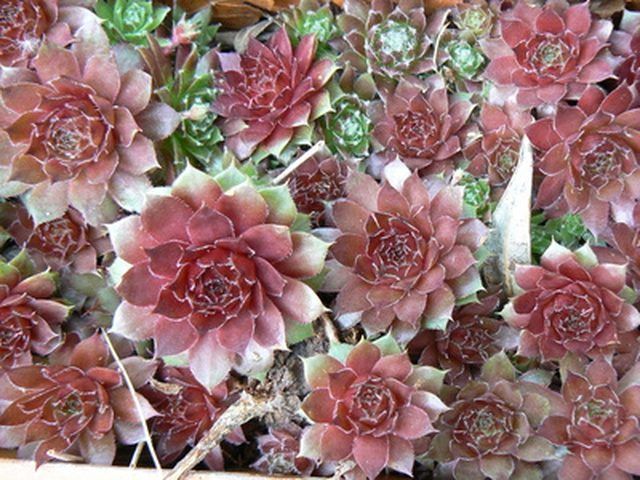Bulbs
Flower Basics
Flower Beds & Specialty Gardens
Flower Garden
Garden Furniture
Garden Gnomes
Garden Seeds
Garden Sheds
Garden Statues
Garden Tools & Supplies
Gardening Basics
Green & Organic
Groundcovers & Vines
Growing Annuals
Growing Basil
Growing Beans
Growing Berries
Growing Blueberries
Growing Cactus
Growing Corn
Growing Cotton
Growing Edibles
Growing Flowers
Growing Garlic
Growing Grapes
Growing Grass
Growing Herbs
Growing Jasmine
Growing Mint
Growing Mushrooms
Orchids
Growing Peanuts
Growing Perennials
Growing Plants
Growing Rosemary
Growing Roses
Growing Strawberries
Growing Sunflowers
Growing Thyme
Growing Tomatoes
Growing Tulips
Growing Vegetables
Herb Basics
Herb Garden
Indoor Growing
Landscaping Basics
Landscaping Patios
Landscaping Plants
Landscaping Shrubs
Landscaping Trees
Landscaping Walks & Pathways
Lawn Basics
Lawn Maintenance
Lawn Mowers
Lawn Ornaments
Lawn Planting
Lawn Tools
Outdoor Growing
Overall Landscape Planning
Pests, Weeds & Problems
Plant Basics
Rock Garden
Rose Garden
Shrubs
Soil
Specialty Gardens
Trees
Vegetable Garden
Yard Maintenance
Winter Care of a Sedum
Winter Care of a Sedum. Sedum is a very hardy plant that prospers through heat, drought and freezing winter weather. The few insects that are attracted to the plant include mealworms, snails and slugs, but none of them causes much damage. Sedum is an attractive succulent that grows to a height of 3 feet and spreads to the same diameter. It blooms...

Sedum is a very hardy plant that prospers through heat, drought and freezing winter weather. The few insects that are attracted to the plant include mealworms, snails and slugs, but none of them causes much damage. Sedum is an attractive succulent that grows to a height of 3 feet and spreads to the same diameter. It blooms in fall and maintains showy brown, pink and red flowers well into winter. It is used as beds and borders for the garden during both summer and winter. In winter, Sedum will wither or change color as part of its normal routine, but it over-winters well.
Things You'll Need
Sand or mulch
Sheets
Wooden stakes
Maintain the soil as dry as possible by stopping all watering and feeding in early to late fall.
Make certain the garden is enjoying good drainage. If the ground is soggy or waterlogged, add sand or organic mulch to the garden.
Cover the plants during extreme or prolonged freezing temperatures by draping old sheets or similar material that breathes over the plants. The material should be propped up off the ground with wooden stakes and should not touch the plants. Do not keep the plants covered any longer than necessary, because they need air circulation and sunlight.
Leave snow cover on the plants because it acts as a good insulating material against wind and freezing temperatures.
Tips & Warnings
Sedum make great cut flowers, especially in late autumn.
Sedum attracts butterflies and hummingbirds.
Use sedum as an attractive ground cover plant year round.
Use plant supports to keep stems from collapsing.